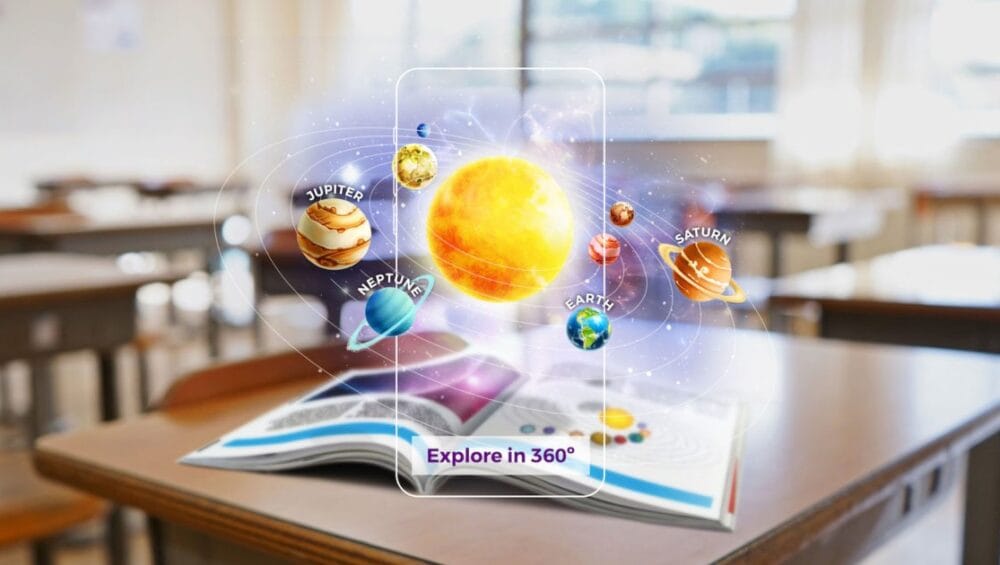Contents
What is an Augmented Reality?
What is virtual reality, Definition and type
What’s the Difference Between Augmented and Virtual Reality?
10 Amazing Examples of Augmented Reality and Virtual Reality.
10 Business Applications of Augmented Reality and Virtual Reality.
A deep study in augmented reality How does it work.
Augmented reality (AR) and virtual reality (VR) have exploded onto the scene in recent years, but many people are still trying to understand how these technologies work. Many of us experience AR and VR in our daily lives without even realizing it, but what exactly does that mean? In this deep study on augmented reality and virtual reality, we’ll discuss how these technologies work, the different terms you might hear when discussing them, and their endless potential for growth and evolution.
The basics of augmented reality
Augmented reality is a way to layer computer-generated images and information over real-world images. If you’ve ever used Google Maps on your phone, you’ve experienced a basic form of AR. But there are more advanced examples that can be found across several industries, from industrial design to marketing.
What is AR?
Augmented Reality is a term that generally refers to a live, direct or indirect, view of a physical, real-world environment whose elements are augmented by computer-generated sensory input such as sound, video, graphics or GPS data. It is related to a more general concept called mediated reality, in which a view of reality is modified (possibly even diminished rather than augmented) by a computer.
The AR app development process
In broad strokes, there are six steps to developing an AR app (not counting pre-launch planning or development of a prototype). It’s also worth noting that AR apps can require several iterations before you get to version 1.0. Just as with any software application, it takes time and iterative development to get things right.
The future of AR
Augmented Reality (AR) has come a long way since early man began painting on cave walls. While today’s technology is similar to those prehistoric drawings, researchers have started using virtual and robotic helpers for everyday tasks from changing light bulbs to performing surgery. Augmented Reality is becoming more widespread in healthcare, construction, and education; each industry’s version of AR delivers a unique experience that changes with each use. See how we think AR will change how we do work. (Virtual reality)






